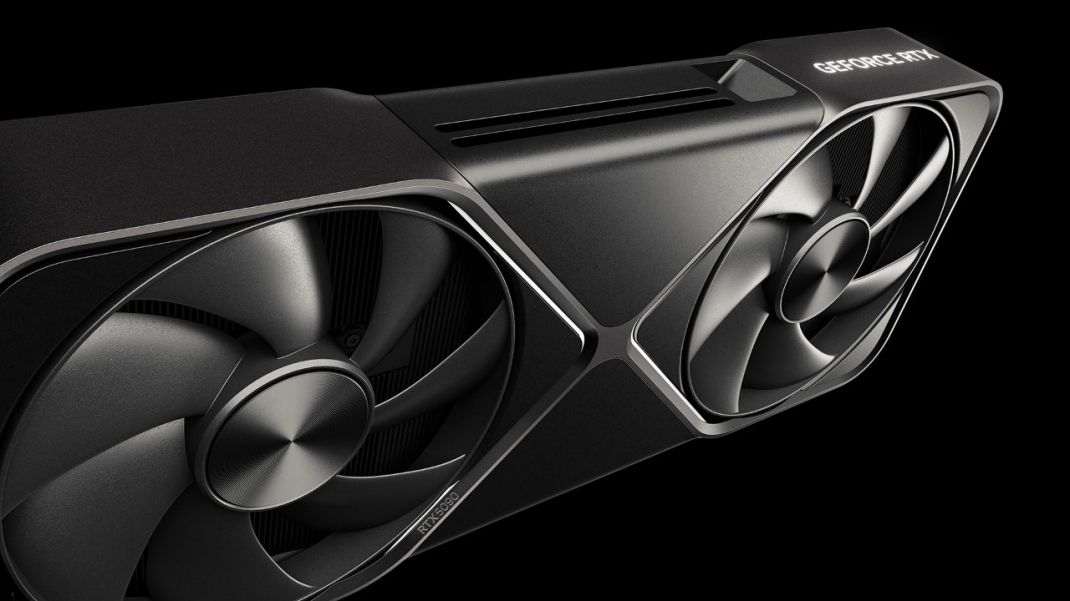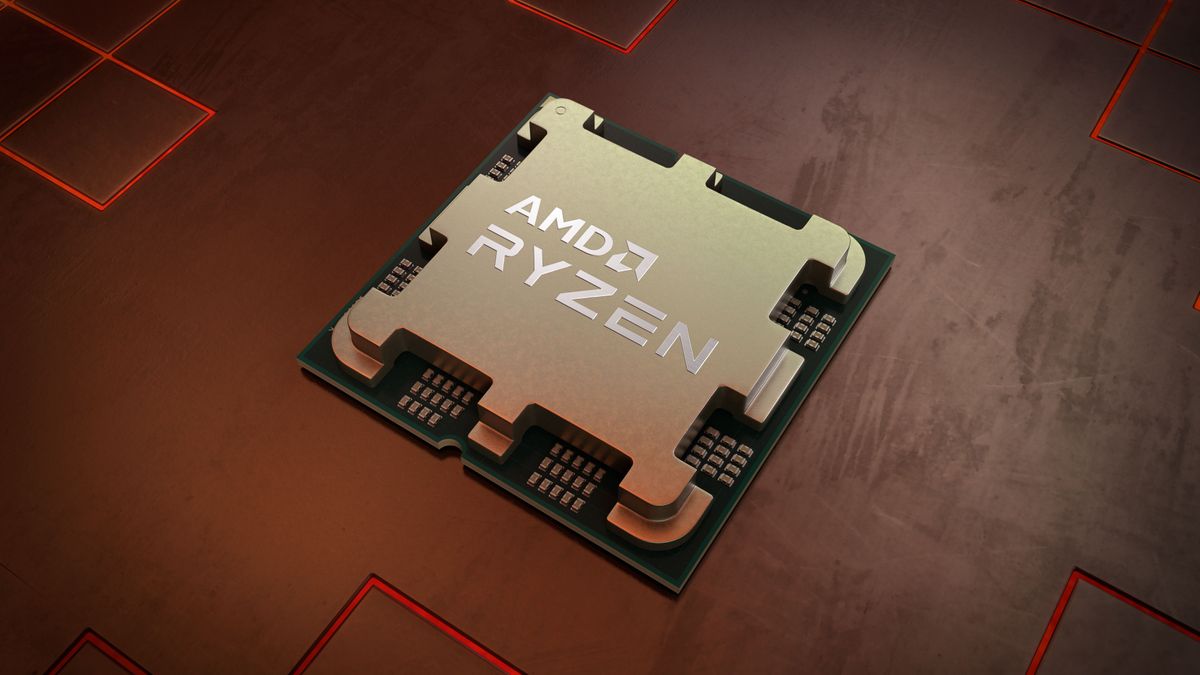New week, new RTX 50 meltdown story. Thankfully, this time, the damage was confined to the power adapter only, thus sparing the card. A Reddit user posted two images of a melted triple 8-pin to 16-pin adapter that powered their Gigabyte RTX 5080 Gaming OC. Further inspection revealed no damage to the GPU connectors, saving them the hassle of going through RMAs. Both the 15-year-old PSU in the user's system, which is non-ATX 3.0 compliant and the GPU's inherent faulty design have been blamed in this case. We also found another similar case involving an older PSU, too.
The images shared by Reddit user u/Appropriate-Hold-821 depict a melted triple 8-pin to 16-pin adapter and, luckily, no damage to the graphics card itself. As can be seen, the user powers their setup with the Corsair AX850 Gold, dating back to 2010. While Nvidia doesn't mandate an ATX 3.0/3.1 compliant PSU for the RTX 50 series, it is highly recommended. Outside of the 12VHPWR connector, the newer standards add plenty of additional safety improvements across the board, which this PSU lacks.
Gaming OC RTX 5080 from r/gigabyteThe user could also potentially be wiring up old 8-pin cables that came with the PSU. Continuous use over many years generally causes connectors to come loose, increasing resistance and leading to overheating. We found another case on r/pcmasterrace, this time with the Gigabyte RTX 4080 Aero OC; even the RTX 40 series is prone to such failures. Fortunately, as before, the damage was limited to the 8-pin connectors, and the user has reported using an aging ATX 2.3 PSU from 2016.
What may have been pushed under the rug as 'user error' last generation, is seemingly starting to affect everyone from average customers to seasoned enthusiasts. Nvidia's reference design for RTX 50 cards does not enable per-pin current measurements and renders the card unable to balance load across each connection. Any breaks or loose connections in the cable are thus invisible to the end user and the GPU. You'd need to dish out $2,800 (MSRP) for a ROG Astral variant to get per-pin current data, and even that variant is incapable of load balancing.
Hypothetically, the GPU could end up drawing as much as 600W through a single 12V pin, leading to excessive heat and melting as a result. Andreas Schilling and Der8auer noted temperatures north of 150 degrees Celsius on the power connectors of their units, with Der8auer's readings showing 22A being drawn across a single pin; the standard rates each pin at a maximum of just 9.5A. The power delivery aspect of these GPUs would benefit from a significant redesign, but we're left wondering when or if Nvidia will address these concerns.

 8 months ago
94
8 months ago
94







 English (US) ·
English (US) ·